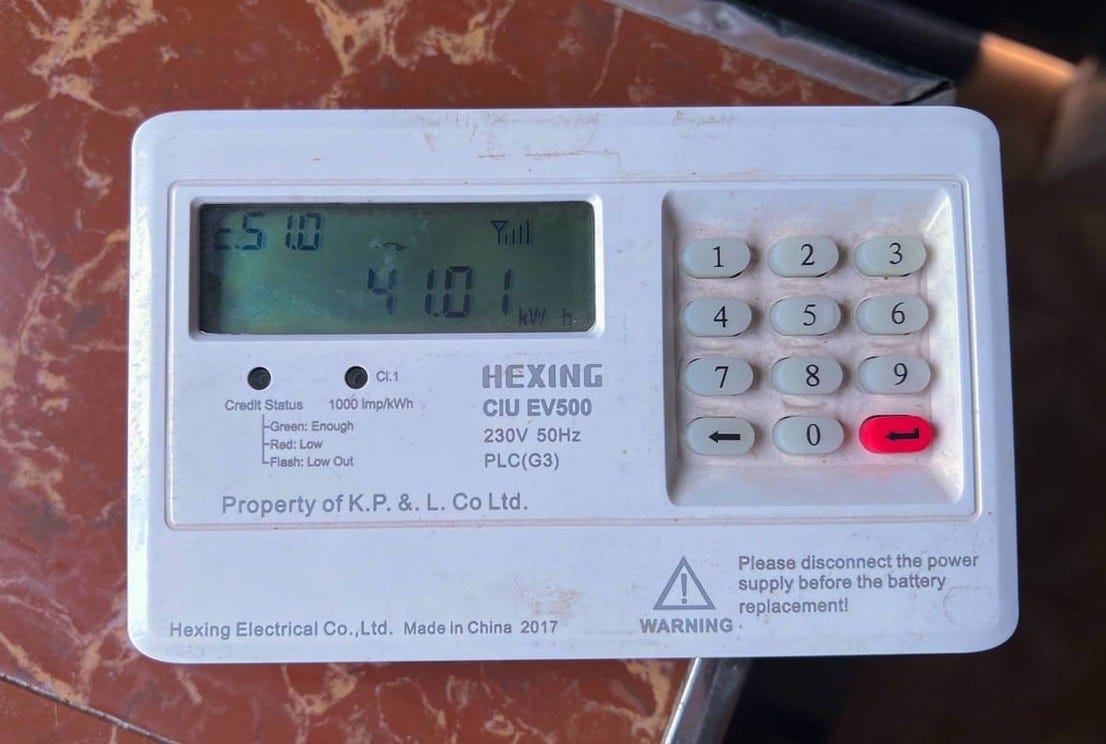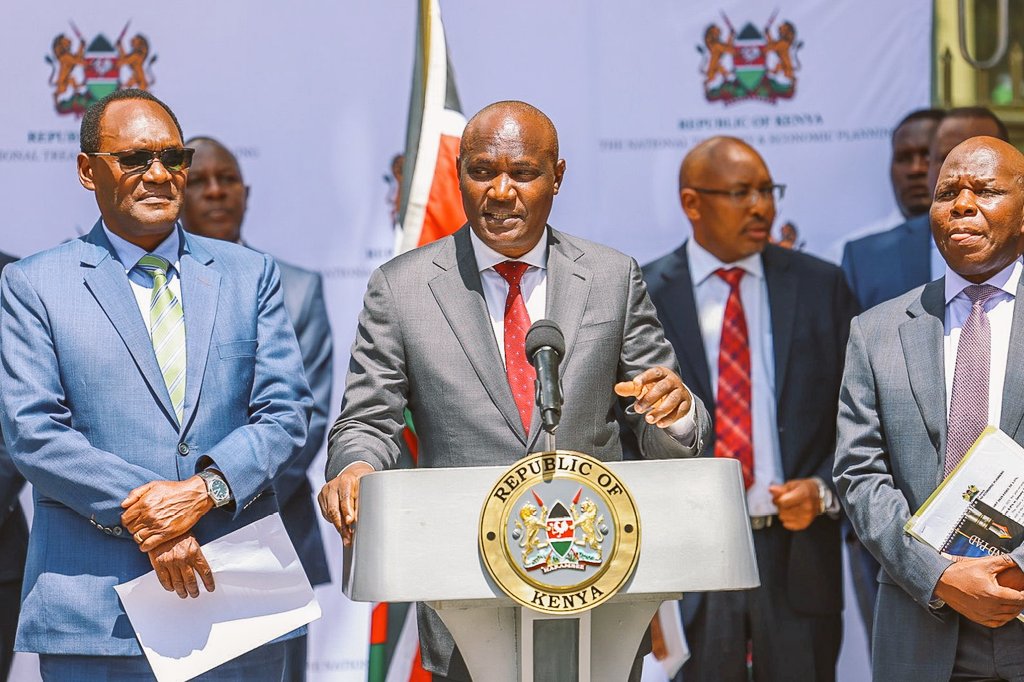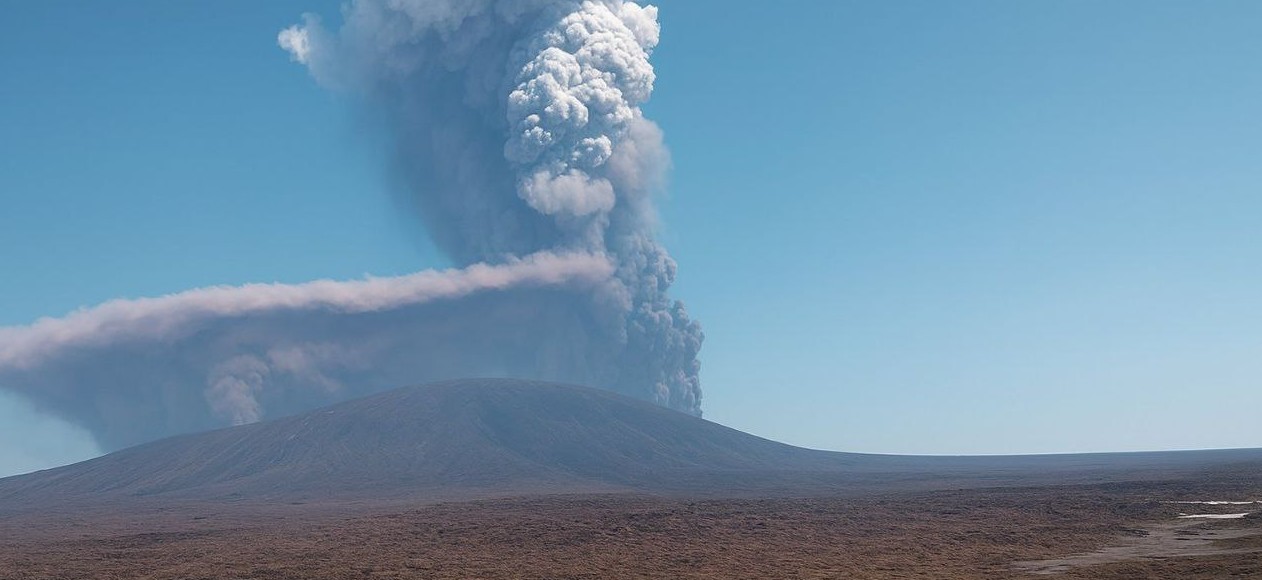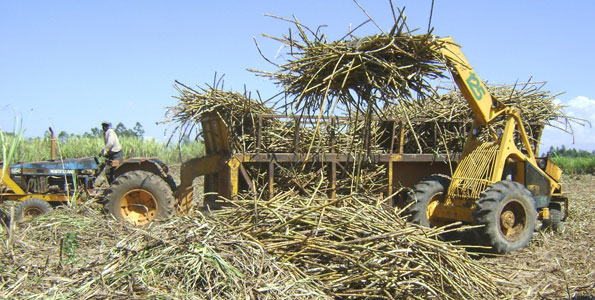Kenyans consume more power than ever as production reaches all-time high

The continued rise in both production and consumption points to increased economic activity, particularly in the manufacturing sector and among large commercial consumers. The trend is expected to boost Kenya Power’s revenue from electricity sales.
Kenyans are consuming more electricity than ever before, with fresh data showing that power generation hit a historic high in March amid growing demand from households and industries.
According to the Energy and Petroleum Regulatory Authority (Epra), total electricity generation and local purchases surged to an all-time high of 1,226.3 million kilowatt-hours (kWh), up from 1,223 million kWh in February.
More To Read
- Kenya Power rolls out digital meter reading system to boost billing accuracy
- Power producers warn of costly PPAs as Parliament lifts seven-year moratorium
- Kenya moves to end power shortages and lower electricity costs
- Kenya Power awards Sh3.5 billion in tenders to youth, women and PWDs
- Auditor General flags Sh1.37 billion overdue payments at KenGen amid rising debts
- Matatus take EPRA and City Hall to court over ban on passenger pickups at fuel stations
This marked the third consecutive month of growth and the eleventh straight month that electricity generators, including the Kenya Electricity Generating Company (KenGen), recorded monthly production above 1,000 million kWh, an indication of rising consumption across the country.
The latest statistics covering the six months to December 2024 show that industrial consumers—including large and medium industries, factories, high-rise buildings, warehouses, and critical public infrastructure such as airports, ports, and railway stations, recorded a 3.73 per cent increase in power consumption. These entities consumed 2,807.10 gigawatt-hours (GWh) during the period, representing 51.18 per cent of Kenya’s total electricity usage.
“This is a 101 GWh increase in consumption compared to 2,706.1 GWh of electrical energy consumed in a similar period last year, signalling an increase in industrial activities,” Epra said.
The increase in production mirrors a similar surge in electricity sales by Kenya Power. Data from the Kenya National Bureau of Statistics (KNBS) shows that Kenya Power’s electricity sales grew by 8.5 per cent in January to a record 956.76 million kWh—the highest in history. The utility first recorded sales above 900 million kWh in July last year at 901.78 million kWh. The performance has been sustained since then, with the exception of December.
The continued rise in both production and consumption points to increased economic activity, particularly in the manufacturing sector and among large commercial consumers. The trend is expected to boost Kenya Power’s revenue from electricity sales.
In February this year, Kenya’s electricity demand hit an unprecedented high, signalling sustained growth in consumption across the country. Kenya Power data shows that national peak demand reached a historic 2,316 megawatts (MW) on February 12, surpassing the previous record of 2,036 MW registered in November 2023.
During the six-month period to December 2024, KenGen remained the dominant power producer, supplying 59.94 per cent of the total 7,717.61 gigawatt-hours (GWh) generated. Other key contributors to the national grid included electricity imports at 10.48 per cent, Lake Turkana Wind Power at 10.24 per cent and Orpower at 5.78 per cent.
However, the rising demand has placed significant pressure on the national grid. Kenya’s electricity reserve margin, the portion of unused but available capacity meant to ensure reliability, has shrunk to just four per cent.
The narrowing margin has forced Kenya Power to undertake load shedding for some consumers to stabilise supply and prevent widespread outages.
Top Stories Today












































